The Fascinating World of Proteomics
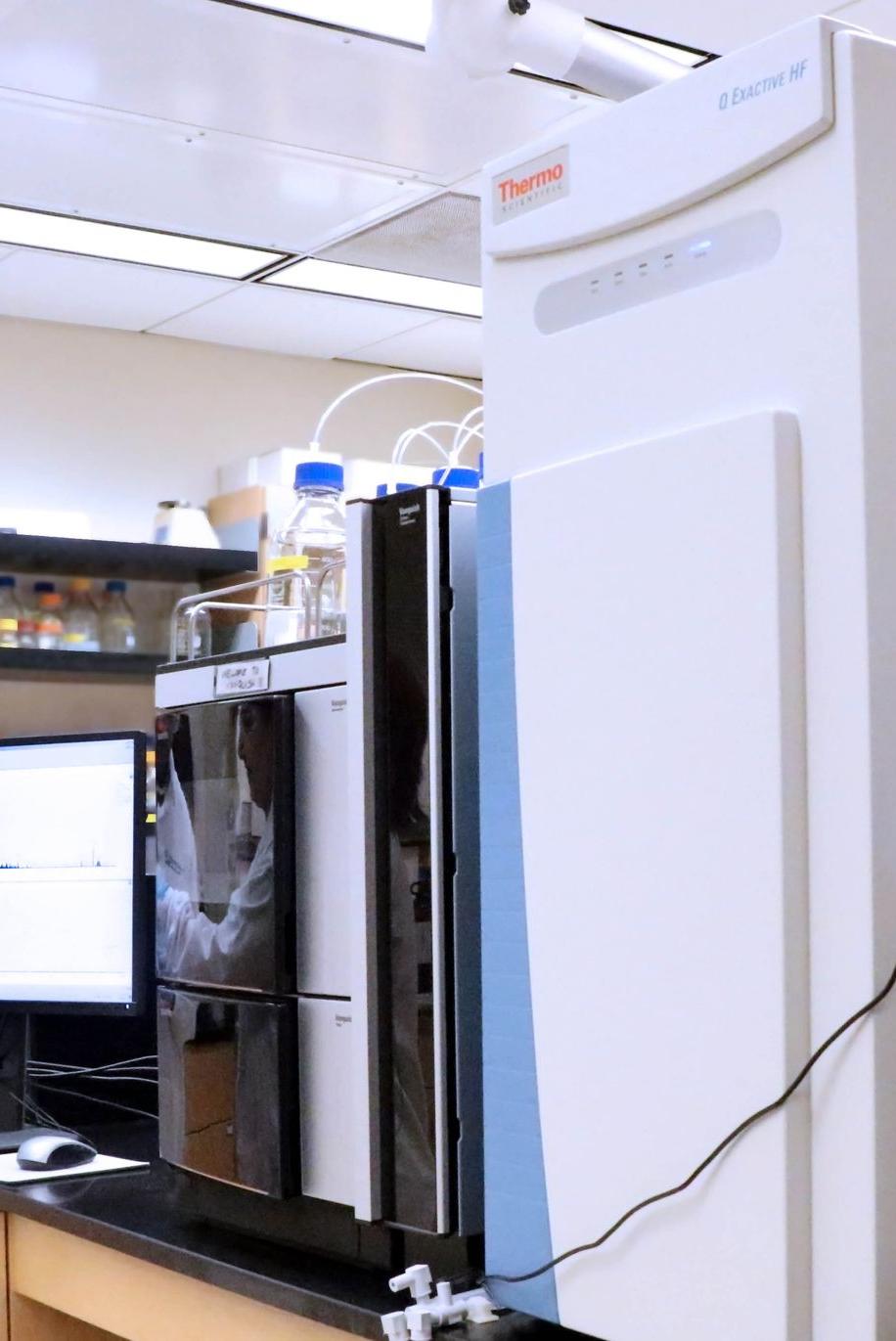
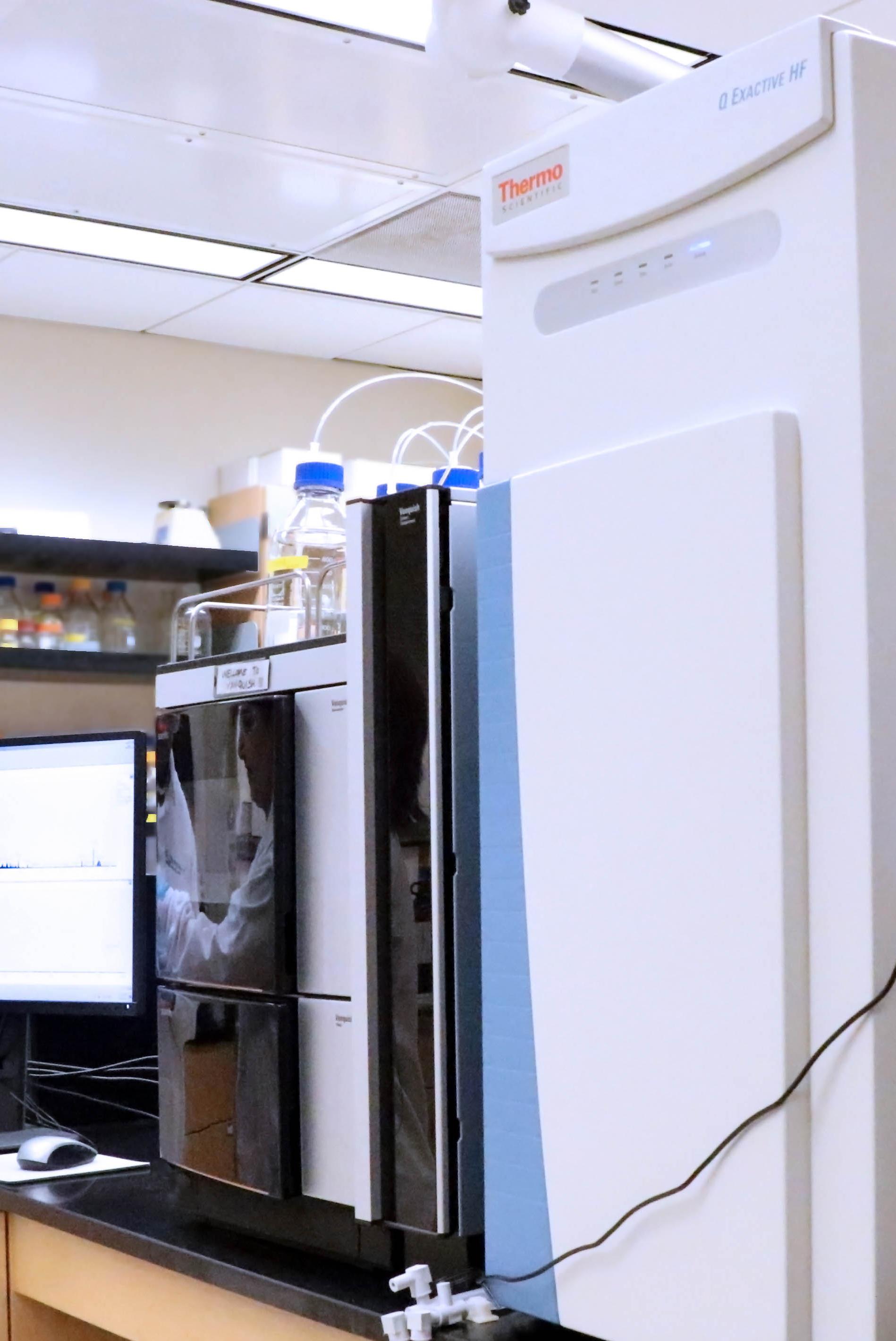

Proteomics is the study of proteins and their functions on a large scale. It has revolutionized biological research and opened up new avenues of discovery. Join me on a journey to explore the importance of proteomics in today's world.
by Shekhar Suman

Overview of Proteomics
1
What is Proteomics?
2
Methods in Proteomics
Proteomics is the largescale study of proteins, their structures, functions, and interactions.

Protein extraction, purification, separation, identification, quantification, and bioinformatics are some of the methods used in proteomics.
3 Proteomics in Research
Proteomics has made significant contributions to unraveling the complexity of biological systems, drug discovery, precision medicine, and personalized nutrition.
Applications of Proteomics
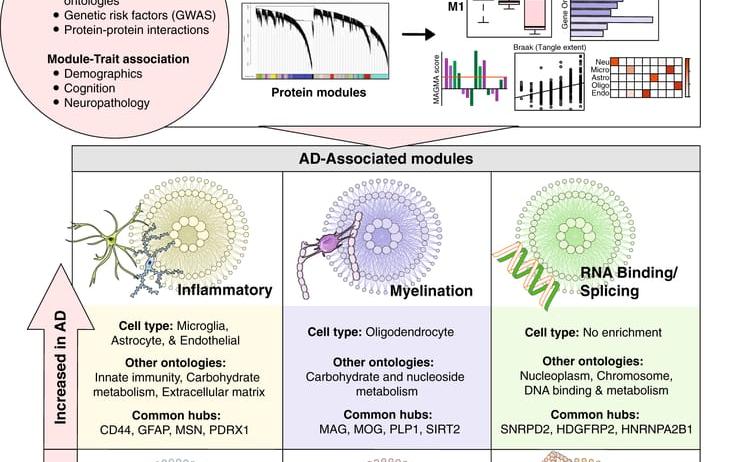
Cancer Research
Proteomics has led to the identification of new biomarkers for cancer diagnosis, prognosis, and drug development.


Agricultural Research
Proteomics can be used to improve crop yield, quality, and resistance to environmental stresses.
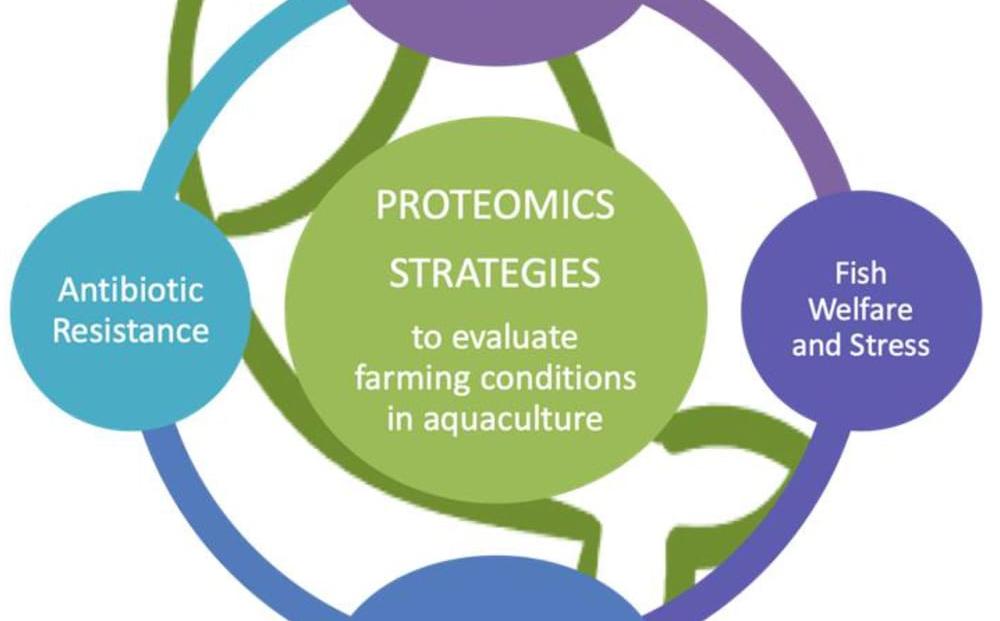
Neurodegenerative Diseases
Proteomics has provided insights into the underlying mechanisms of Alzheimer's, Parkinson's, and other neurodegenerative diseases.
Advantages of Proteomics
High Throughput

Proteomics allows the analysis of thousands of proteins at once, which is not possible with traditional methods.
Identification of Post-Translational Modifications
Proteomics can identify modifications that occur after proteins are synthesized, such as phosphorylation, acetylation, and glycosylation.
Quantification of Protein Abundance
Proteomics can measure the relative abundance of proteins under different conditions, which is essential for understanding biological processes.
Proteomics Techniques and Technologies
Mass Spectrometry
2D Gel Electrophoresis
Protein Microarrays
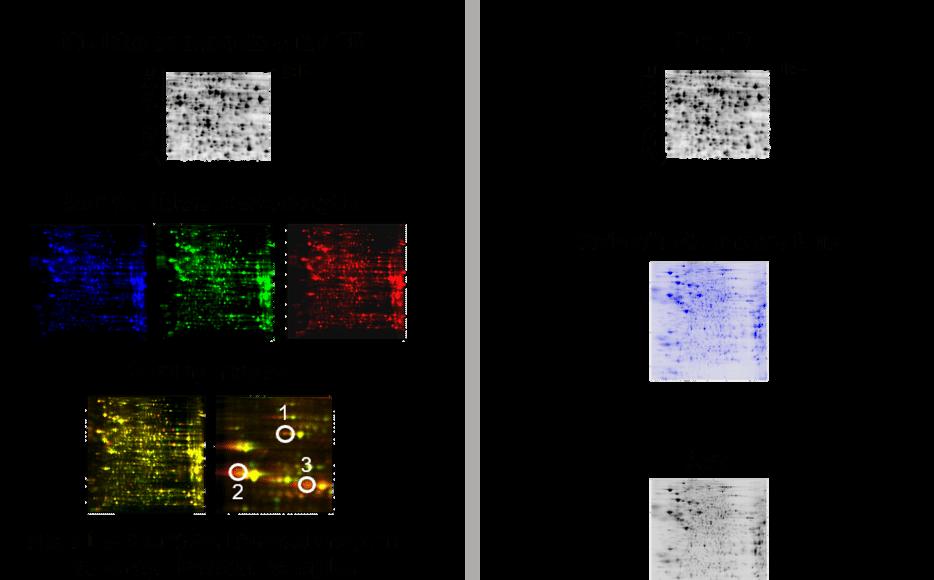
Mass spectrometry is the most widely used technique in proteomics and can identify and quantify proteins in complex mixtures.
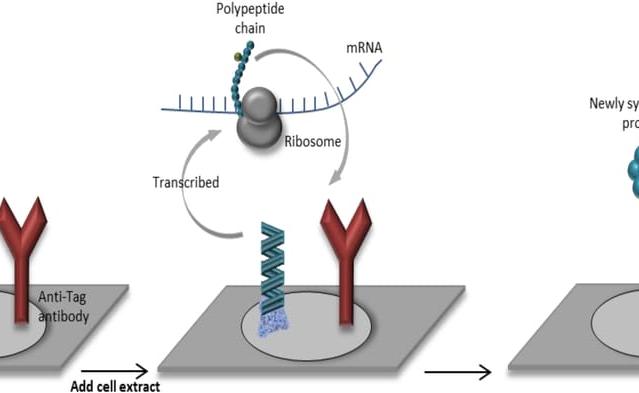

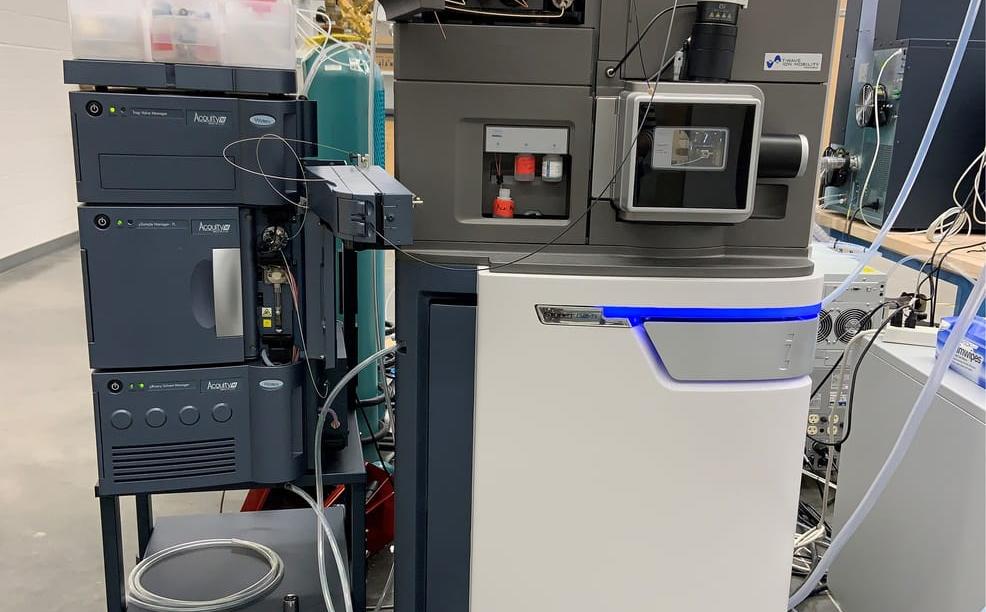
2D gel electrophoresis separates proteins based on their isoelectric point and molecular weight.
Protein microarrays allow the screening of thousands of proteins for interactions with other molecules.

Proteomics in Drug Development
1 Target Identification

2 Drug Screening
Proteomics can be used to screen large libraries of compounds for their ability to bind to proteins of interest.
Proteomics can identify potential drug targets based on their expression and activity levels in disease compared to normal tissue.
3 Pharmacodynamic Biomarkers
Proteomics can identify biomarkers that indicate dosing, efficacy, and toxicity of drugs in clinical trials.
Challenges in Proteomics
Dynamic Range
The concentration of proteins in biological samples spans many orders of magnitude, which can make it difficult to detect lowabundance proteins.
Post-Translational Modifications
Post-translational modifications can affect protein function and localization and can be difficult to detect and quantify.
Reproducibility
Proteomics experiments can be highly variable due to differences in sample preparation, instrumentation, and data analysis.

Future of Proteomics
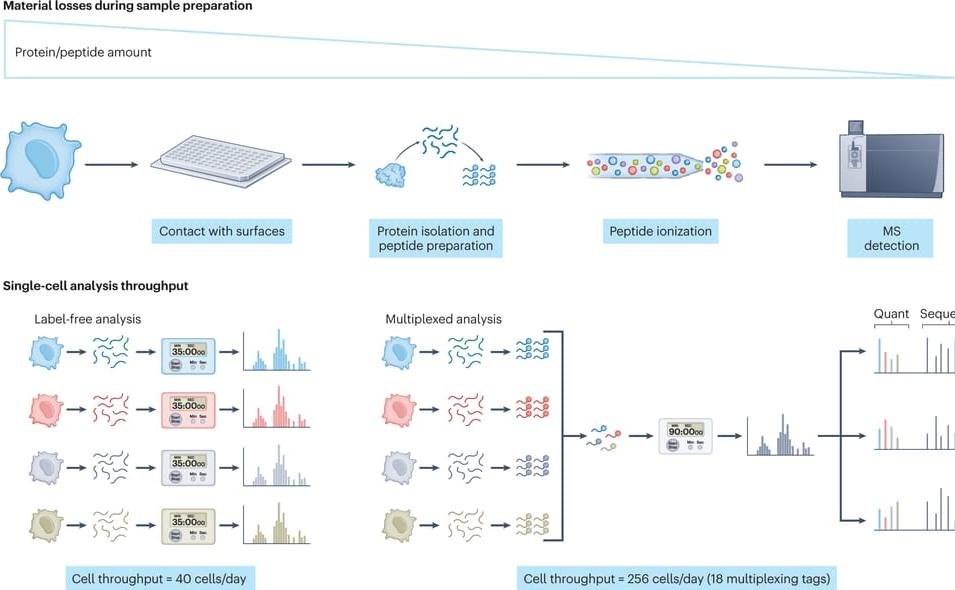


Artificial Intelligence
Spatial Mapping

AI algorithms are being developed to help analyze large proteomics datasets and predict protein structure and function.
New techniques are being developed to map the location of proteins within cells and tissues to better understand their function.
Single-Cell Analysis
New technologies are emerging to analyze the proteome of individual cells, which can provide insights into cell development and disease.
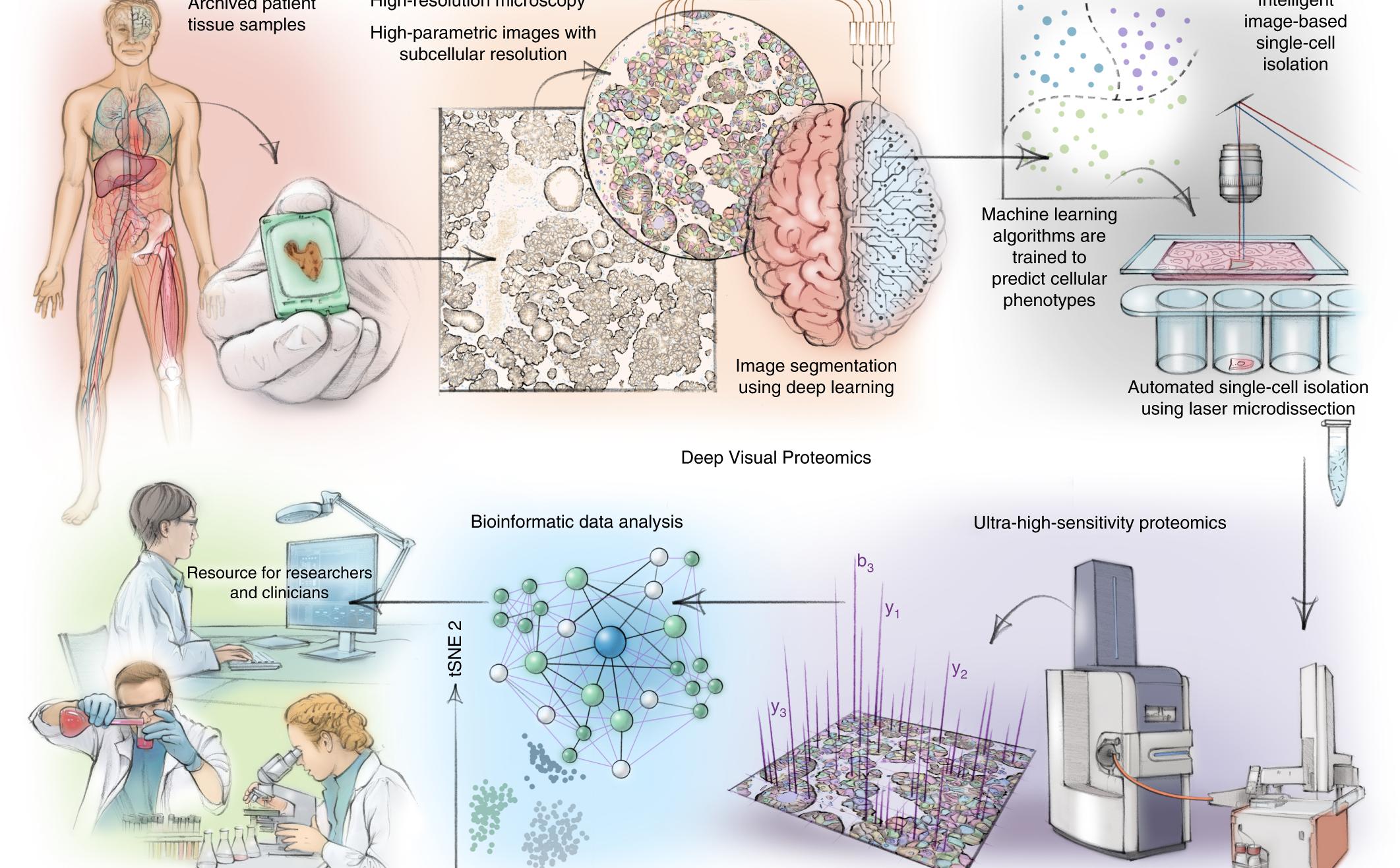
Types of Jobs in Proteomics
1
Academic Researcher Conducts basic and applied research to advance the knowledge of protein structure and function.
2
Industry Scientist Works for biotech or pharmaceutical companies to develop new proteomics-based products and therapies.
3
Bioinformatician Develops algorithms and software tools to analyze proteomics data and model protein interactions.
















